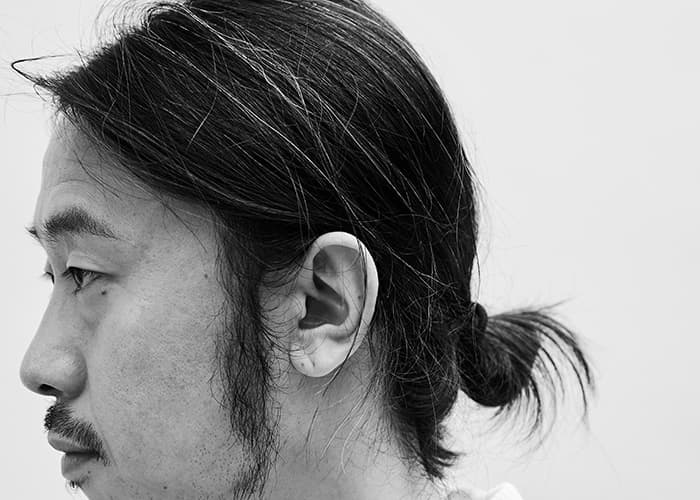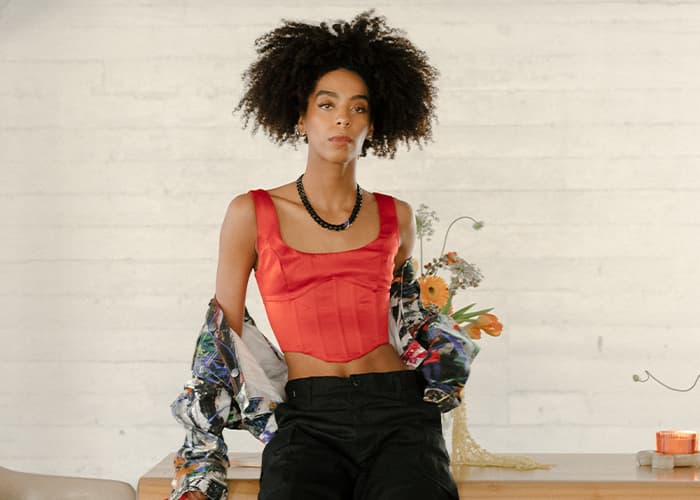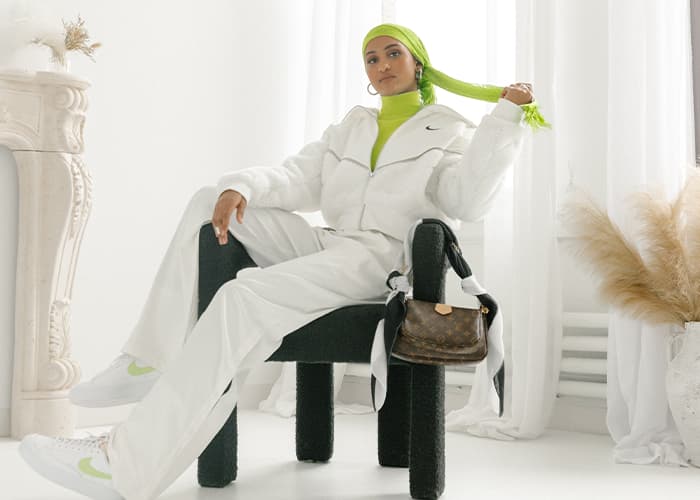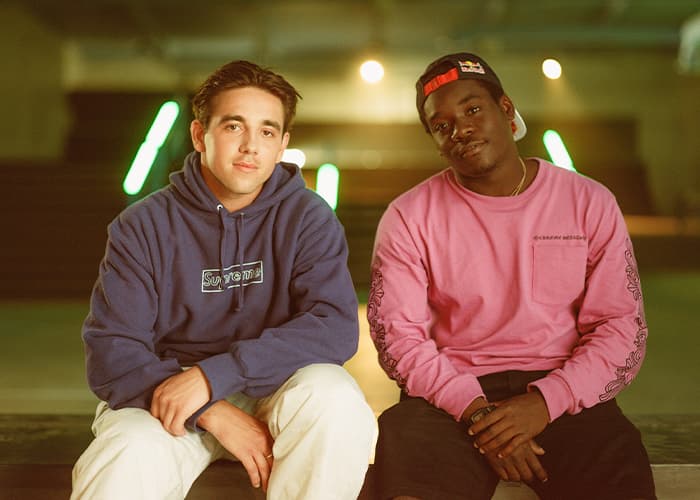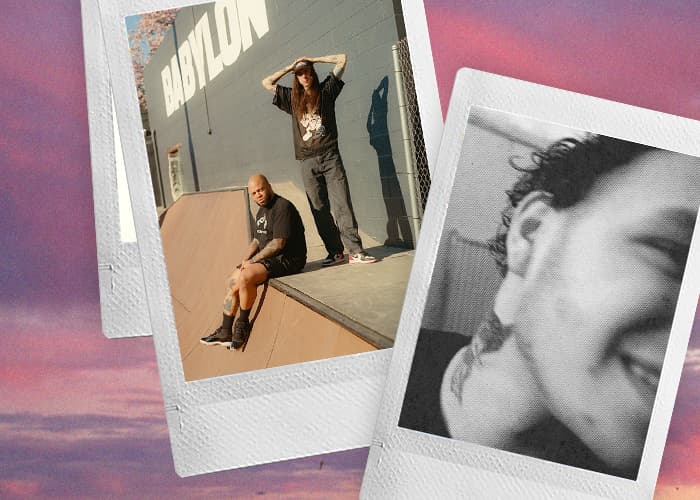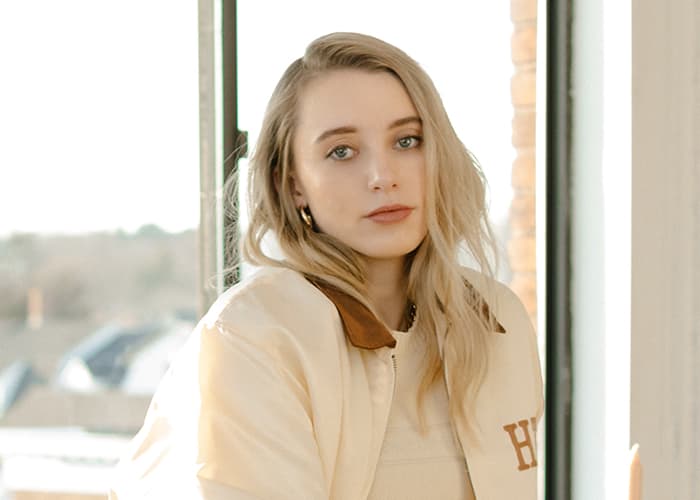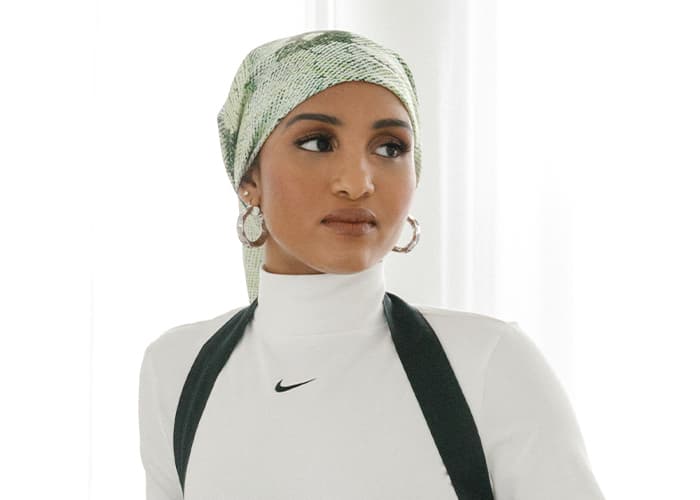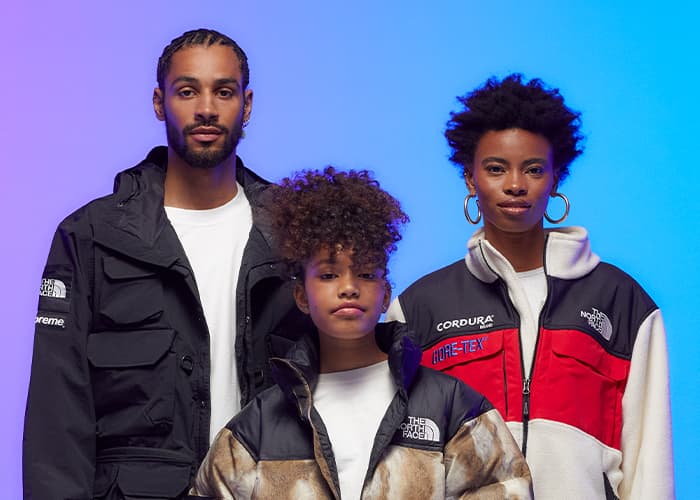Moments like Milan Design Week are explorations of pleasure, preciousness, and the height of design. Creatives from all around the world converge once a year to show off the cutting edge of what is happening in furniture, and what to look for in the future. The shows are filled with true extensions of the craft that are often inaccessible and created for a specific and narrow group of connoisseurs. But when Cherry Kim of RHEE STUDIO was concepting her piece for Art & Residence, a curated show of chairs hand-picked by Daniel Arsham and presented by StockX, she went in an entirely different direction. To create Upper Hand, she went to an unlikely and familiar reference that’s often the punchline of interior design jokes. “My initial direction was to create a chair cover for an existing iconic chair—reminiscent of what Italian nonnas or Asian grandmas would cover their chairs with—think ill-fitting, crispy plastic or sagging floral jersey covers with an elasticated rim,” she says in an exclusive interview with StockX. Rather than delving deeply into unique preciousness, she found freedom and expression in the familiar.
Pedro Friedeberg’s 1965 iconic Hand Chair helped popularize surrealist industrial design (contemporary to Gufram), and was the inspiration for Kim’s design. But, for Kim, it wasn’t about the chair. It was about the chair’s cover, and how a cover could have utility, validity, and meaning independent of the chair under it. “My piece aims to challenge the rigidity of furniture, with the cover acting as a practical, ephemeral course for transformation,” she says. “When the cover exists on the chair, it functions to shroud, protect and also obstruct the familiar, commercialized chair base. When the cover stands alone, it represents opportunities for newness and the freedom to recontextualize an object whenever its owner sees fit.” RHEE STUDIO traditionally follows an illustrative practice, and did apply that practice to the piece, but much of the work went into constructing the cover out of a half dozen pairs of Carhartt work pants, a material that was chosen with precision.
n the past few years, Detroit-based Carhartt has been at center of discourse about whether or not streetwear’s adoption of the workwear brand is appropriate for those who don’t perform blue collar jobs. For Kim, that tension is certainly an element of the design, and the utility of this impossible-to-wear glove (what she calls a “workwear glove”) is central to the execution. “The majority of the chair cover ranges from a worn-in blonde to a fresher classic Carhartt brown. I played around with color distribution, especially the paneling on the backhand—the darker knuckle panels allude to additional reinforcement and the lighter is used throughout,” she says. “The contrast leather was used in areas of most wear— thumb, forefinger, middle finger and the padded palm (or seat) for comfort and impact absorption.” Even as this “workwear glove” cannot be worn, its functionality as a place to sit, and an imagined hand that wears it, is accounted for. Because as considered and functional as it is, the whole piece is threaded with whimsy.
As a part of that, there’s a courageous subversion to place a piece that is decidedly not a chair into a show of chairs in Milan Design Week. But, of course, it’s that kind of thinking that earned Kim her spot in the show. In fact, you don’t even have to sit on her piece for it to fulfill its function. It can be whatever you want. “The hand cover should be updated as one desires—depending on the setting, one’s ever-changing taste or as the cover wears with use,” she says. “I also see Upper Hand existing on its own without the chair base – hanging on a wall (single or pair) as a purely decorative wall piece.” And if you need a place to view it from, just take a seat on the floor.
RHEE STUDIO’s work is on display during Milan Design Week along with the other creatives involved in the Art & Residence Program presented by Daniel Arsham and StockX. “Art & Residence” presented by Daniel Arsham & StockX explores this converging of worlds and taps non-traditional creatives to push the boundaries of what a chair can be. From fashion designers to architects, “Art & Residence” bridges creative communities – from the world of StockX, to the storied platform of Milan Design Week. For more information on the creatives involved in the program, you can click here.




